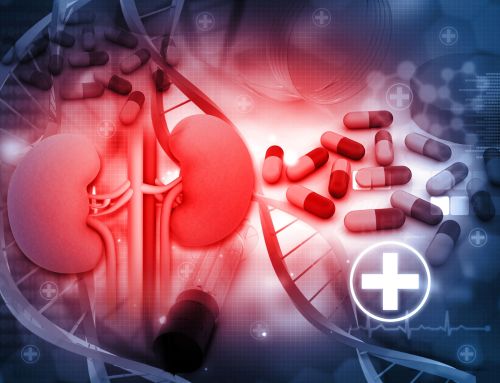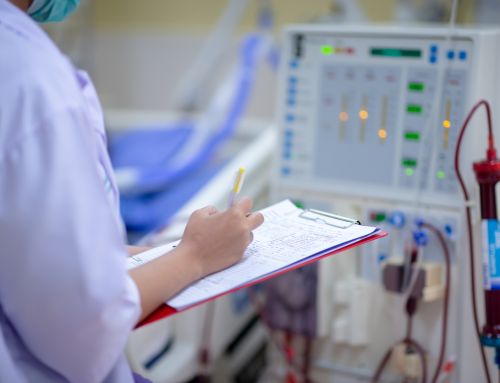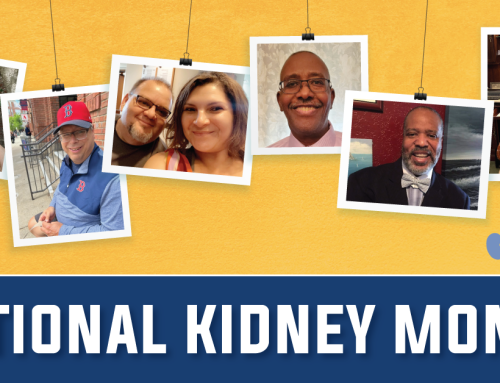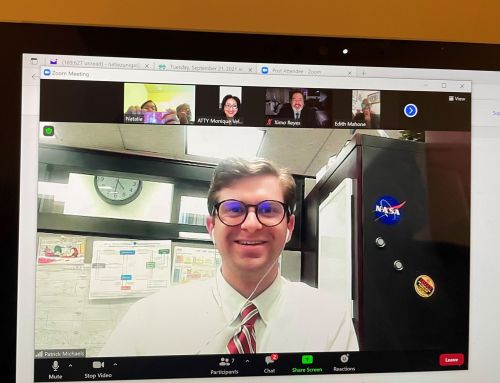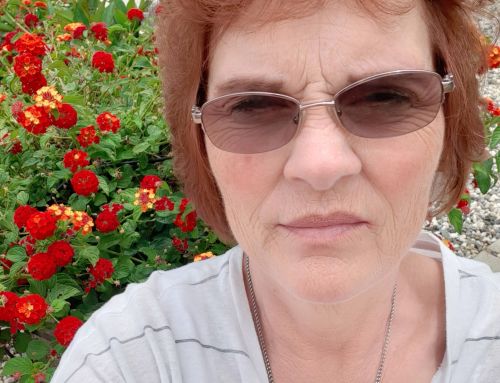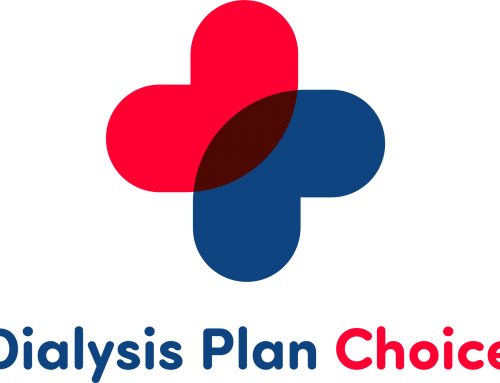Acting Director Richard J. Gilfillan, M.D.
Center for Medicare and Medicaid Innovation
Centers for Medicare and Medicaid Services
U.S. Department of Health and Human Services
Mail Stop C5-15-12, Room C5-15-03 7500 Security Boulevard Baltimore, MD 21244
Dear Dr. Gilfillan:
Dialysis Patient Citizens (DPC), the nation’s largest dialysis patient organization, is writing to encourage the Center for Medicare and Medicaid Innovation (CMMI) to implement a large-scale program targeted at improving health outcomes and quality of care for beneficiaries with end stage renal disease (ESRD), which would build on the success of the recent ESRD Disease Management demonstration project. As a patient education and advocacy organization with more than 23,000 members, we are committed to improving the quality of life for all dialysis patients by engaging policy makers, providers and the public.
ESRD beneficiaries are among the most vulnerable and complex Medicare beneficiaries, often suffering from multiple chronic conditions, seeing multiple medical professionals and taking multiple medications. For these individuals, life-saving dialysis involves lengthy treatments several times a week. As a result, ESRD beneficiaries cost Medicare more than $25 billion annually – with approximately $5 billion stemming from potentially avoidable hospitalizations.1 Because of these unique characteristics, those with ESRD have a great deal to gain from integrated care management programs. A well-structured structured CMMI program has the potential to provide a more focused, dedicated care management approach that would streamline care, improve health outcomes and reduce costs.
Several dialysis organizations participated in a Center for Medicare and Medicaid Services (CMS) demonstration involving more than 2,300 patients, in an effort to assess whether integrated care could improve clinical outcomes, lower costs and enhance quality of life. The independent evaluation of the demonstration determined that targeted disease management strategies were able to dramatically improve patient outcomes, including reducing mortality by 24 percent and reducing hospitalizations by 20 percent.2 Overall, the program improved care processes, including 60 percent fewer catheters, 60 percent more immunizations, 40 percent more preventive diabetic care, 75 percent greater readiness for transplant and increased medication compliance by 20-50 percent.3 Moreover, demonstration participants satisfied 95 percent of the targeted dialysis clinical practice measures.4 Not surprisingly, by improving outcomes and reducing the need for hospitalizations, demonstration participants were able to reduce overall Medicare spending on enrollees in the program by more than 5 percent, compared to a control group.5 Given these dramatic results, the positive impact of allowing more ESRD beneficiaries to participate would be significant.
As a patient-led dialysis organization, we believe a large-scale integrated care program under CMMI that builds upon the CMS demonstration will greatly benefit our members and significantly improve their quality of life. The positive outcomes stemming from an integrated care demonstration have already been illustrated, and for this reason, we urge CMMI to capitalize on this success and enable the kidney community to provide ESRD beneficiaries with the comprehensive, targeted care they need. Not only will this lead to better health outcomes, but it will also decrease the cost trajectory of Medicare.
We look forward to working with CMMI and the kidney community to ensure that our members and all dialysis patients will benefit from efforts to integrate care, one of the promises of health care reform. We thank you for your consideration and welcome the chance to work with you on this important issue in the future.
Sincerely,
Hrant Jamgochian
Executive Director





